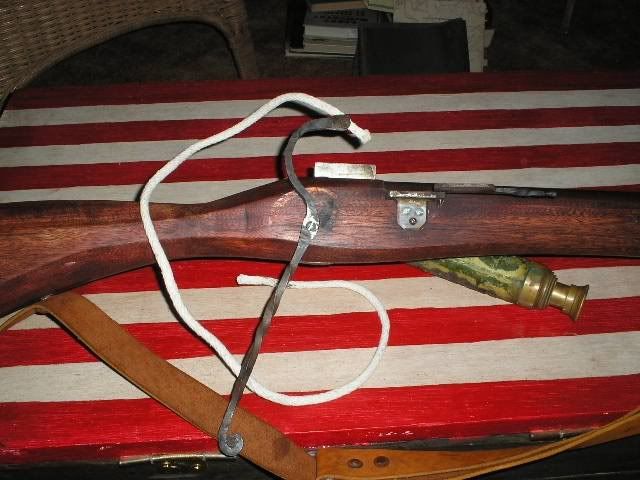Way back when, I had access to a lot of 2" thick poplar, and cut several of these planks into stock blanks. I actually built a flintlock rifle, .50 caliber, on one of them. I still have the stock but have long-since cannibalized the parts for other projects.
IMHO, poplar is too soft a wood for a suitable gunstock. For a smaller-caliber gun, and assuming a fairly stout stock profile, it would work, and, as you say, could be stained to resemble a number of other woods. However, most arquebuses are not of small caliber (though their stocks are rather bulky, at least the ones I've seen). Even if the wood holds up under the recoil of repeated firing, it will ding, dent, and possibly break, in weak areas like the toe or around the inletting.
That said, the early period of firearms was one in which all manner of woods were tried, including pine, oak, and other species now generally considered to be inferior or completely unsuitable gunstock material. In that context, I question whether the use of any wood available at the time could really be considered historically inaccurate. Beyond question, though, is the fact that original stockmakers quickly learned to avoid soft woods (poplar included) for a number of good reasons. It seems to me you can learn from their experience, or repeat it. Were it me, I'd contact your local high school's woodshop, for starters, and see if they can provide a plank or point you toward a source of good walnut.






